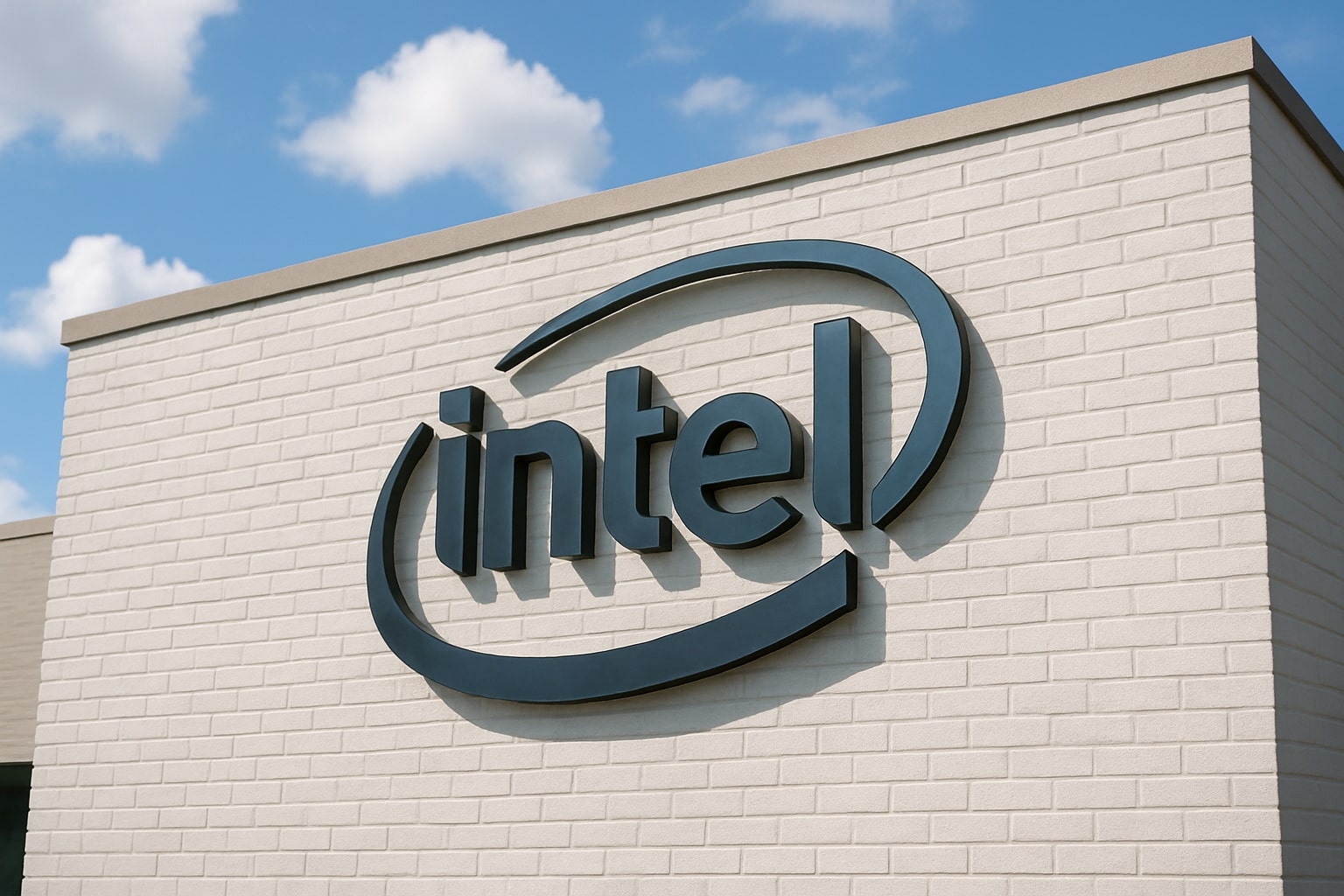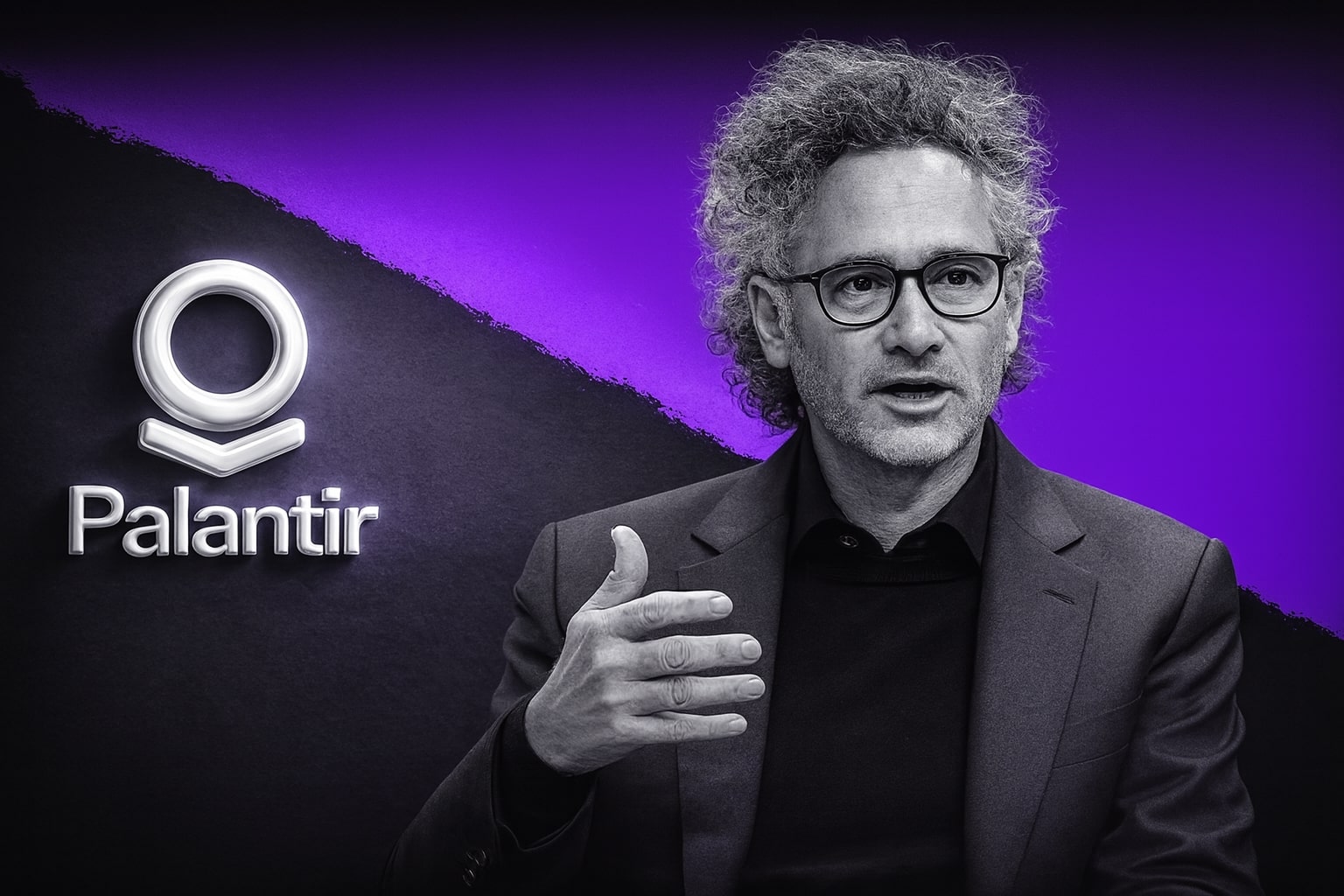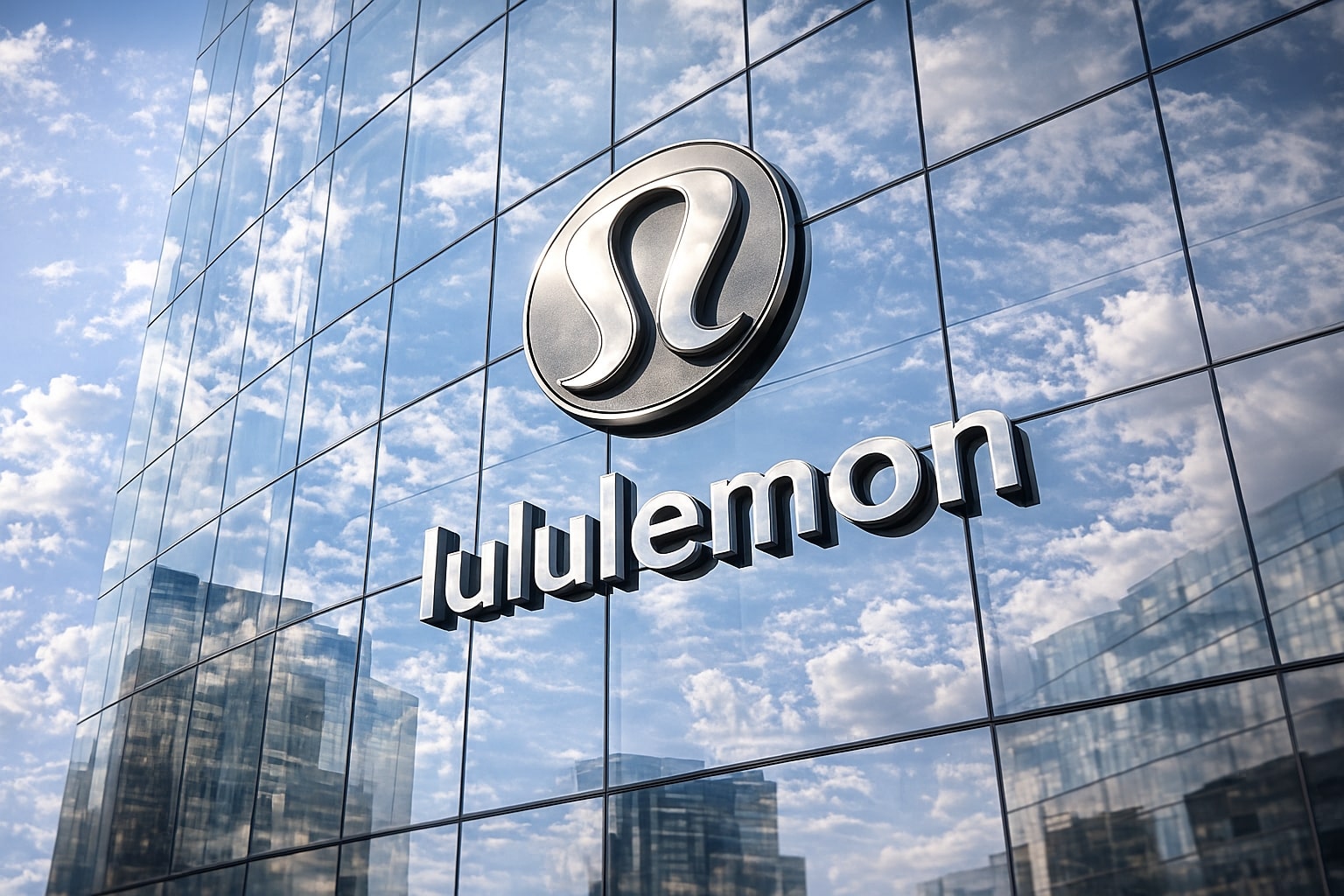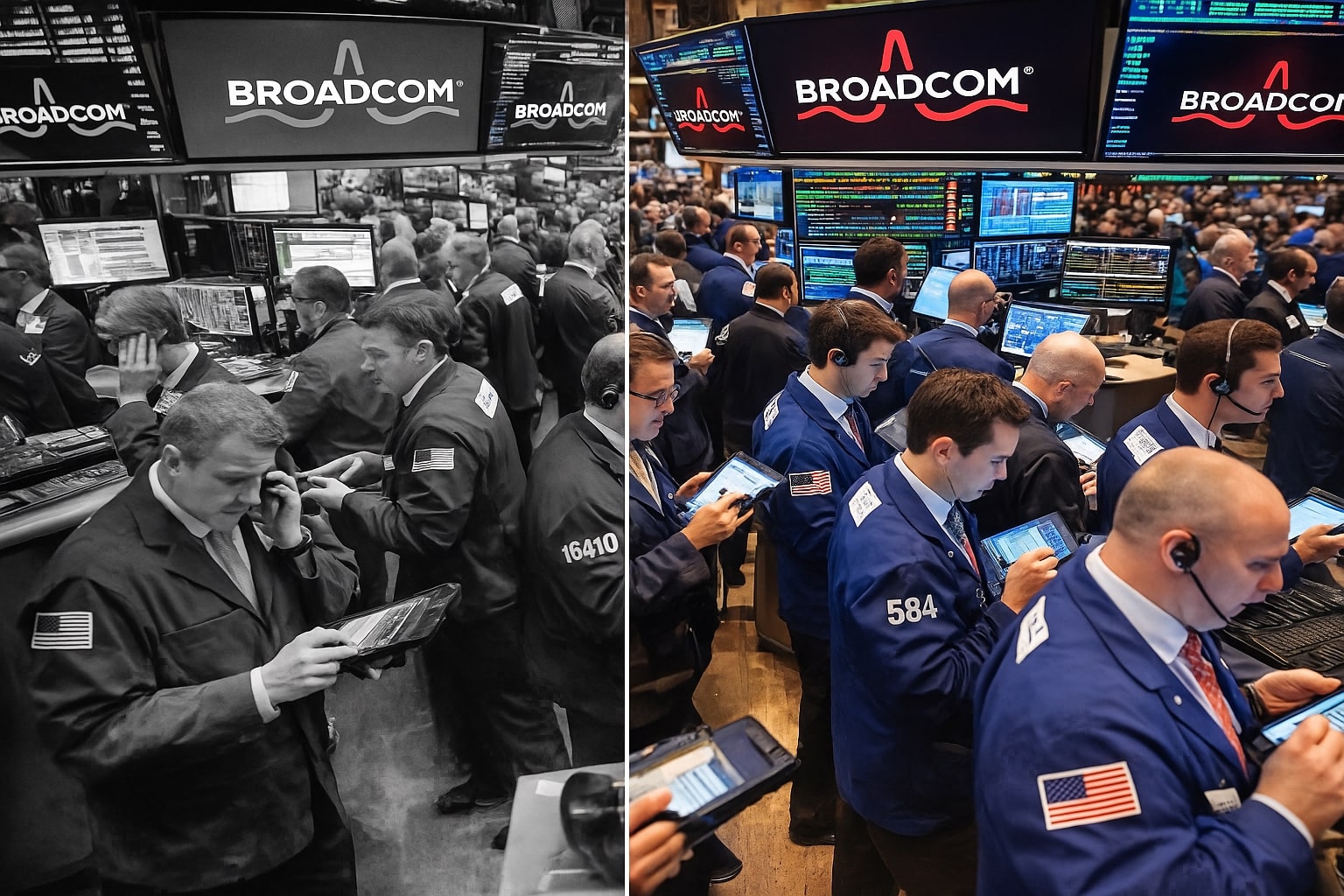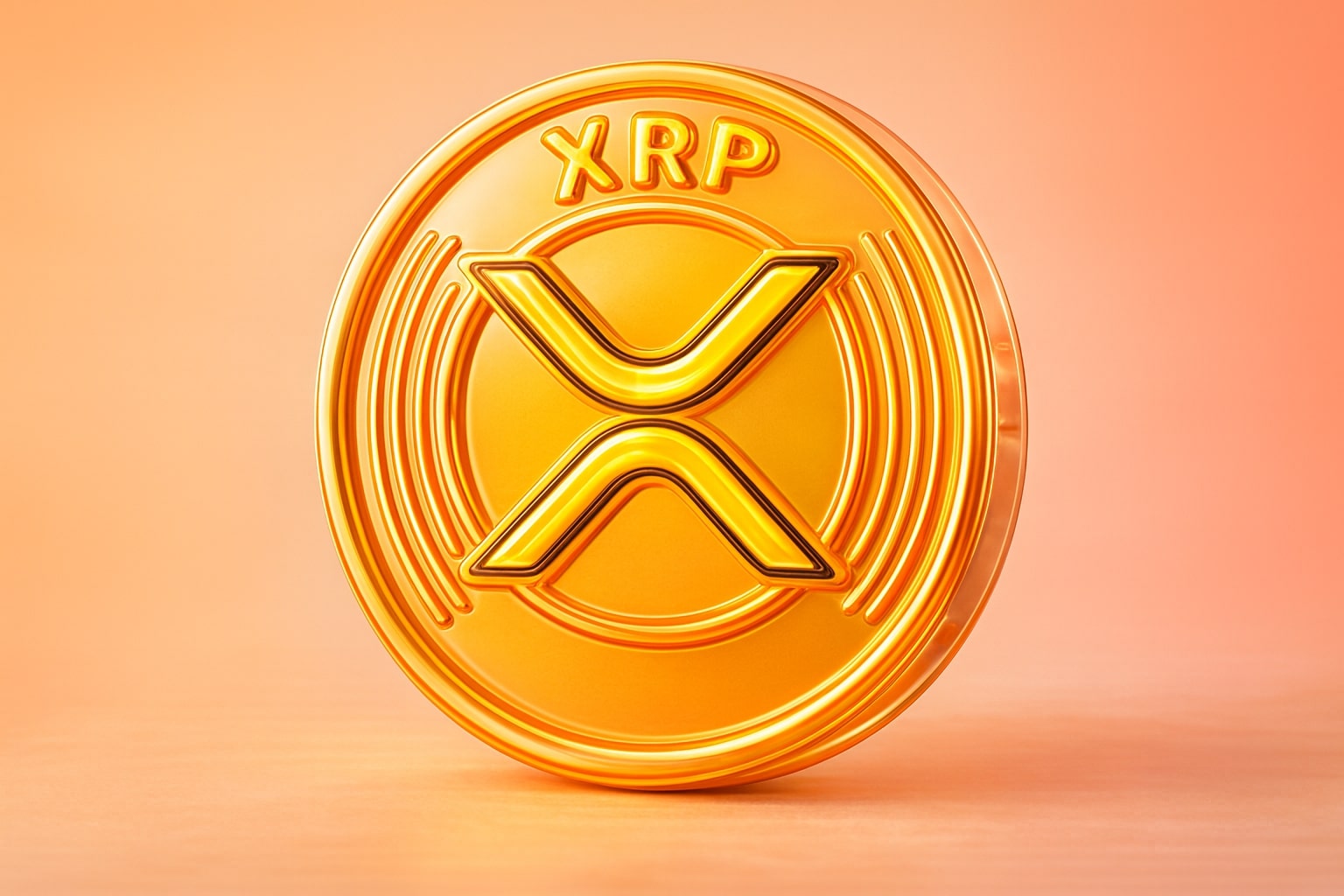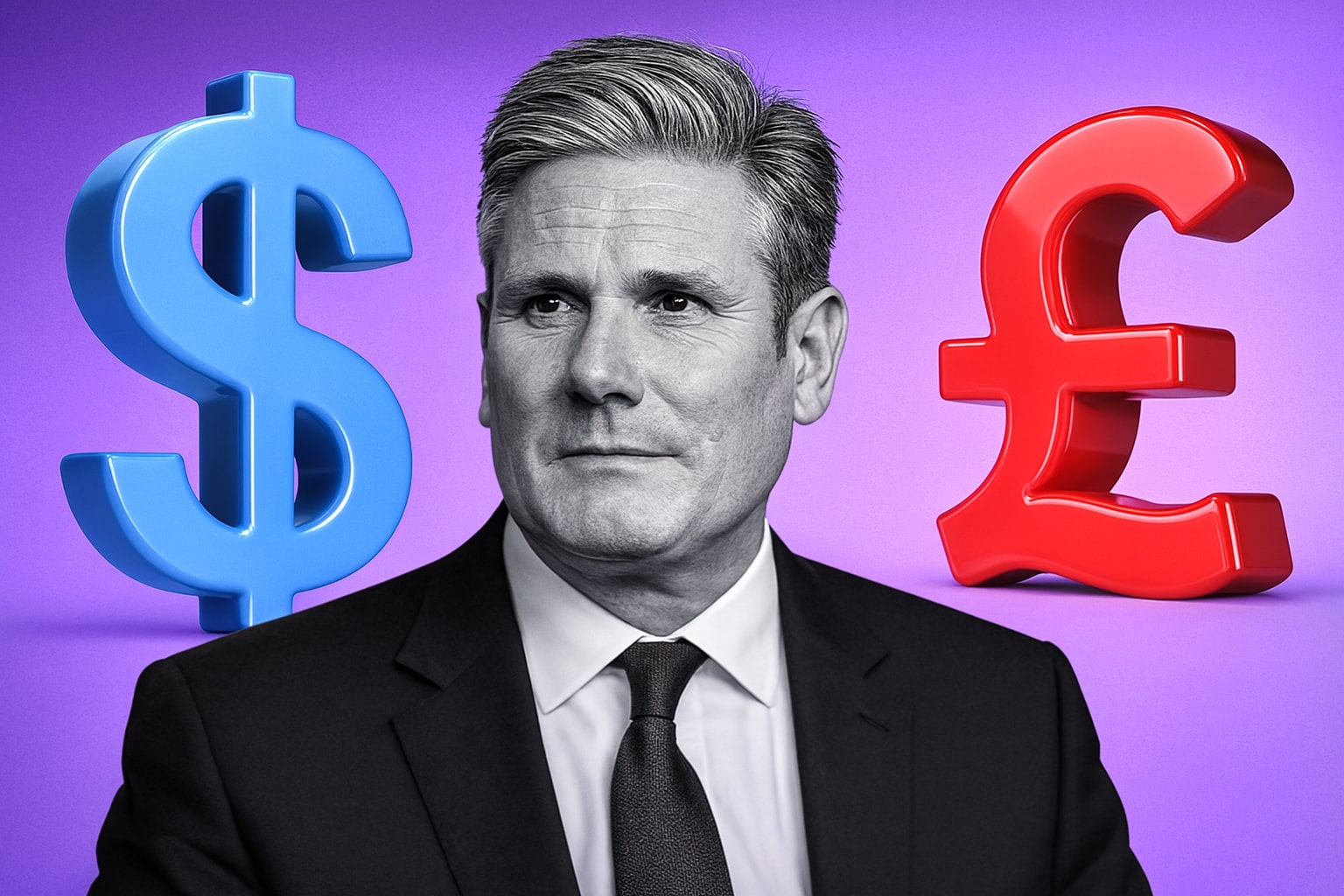Undervalued Relative to Peers in the AI Race
At $37 per share, Intel trades at a market cap near $173 billion, roughly one-sixth of Nvidia’s and half of AMD’s. Yet, the addressable market opportunity it’s targeting — AI compute, cloud infrastructure, and domestic foundry contracts — rivals or exceeds its competitors’. Intel’s projected $58.1 billion in revenue by 2028 and $5.2 billion in earnings imply a forward P/E ratio under 20 if achieved, a fraction of Nvidia’s 35x and AMD’s 28x.
Even conservative models show Intel’s fair value around $45–$48 per share, assuming mid-single-digit growth and gross margin recovery to 40%. More bullish scenarios, factoring in foundry expansion and new AI client adoption, push that range closer to $55–$60, suggesting at least 20–30% upside from current levels. The consensus analyst target of $28 reflects outdated estimates that predate the Nvidia partnership and Microsoft foundry deal — both of which materially de-risk Intel’s growth path.
Leadership Under Lip-Bu Tan Represents an Inflection Point
Under CEO Lip-Bu Tan, Intel has pivoted from defensive restructuring to strategic aggression. Known for his tenure as a venture capitalist and technologist, Tan’s approach emphasizes partnerships and capital discipline. His decision to pause certain fab projects, cut 20% of the workforce, and concentrate R&D on AI architecture has reoriented Intel toward profitability and execution.
Tan’s deal-making ability — securing $18 billion in fresh capital within nine months — has not only stabilized Intel’s finances but also restored confidence in its strategic direction. Wall Street analysts now describe him as “the architect of Intel’s second act.” His credibility has drawn comparisons to Satya Nadella’s early turnaround at Microsoft, with similar emphasis on cloud and AI ecosystems. If Tan continues to deliver on roadmap execution, Intel’s valuation could rerate dramatically as investors shift from hope to confidence.
Institutional and Insider Activity Reinforces the Bull Case
Institutional accumulation supports the bullish thesis. Ownership now exceeds 64.5%, with funds like Verdence Capital and Indiana Trust steadily increasing exposure. Insider sentiment mirrors that optimism: recent executive purchases, viewable on Intel Insider Transactions, indicate management’s conviction that current levels undervalue the company’s transformation. With retail investors still underweight in the name, Intel offers asymmetric upside as institutional confidence continues to rebuild.
Macro Tailwinds and Structural Catalysts Extend the Upside
Intel’s resurgence is also perfectly timed within the global macro cycle. Falling U.S. interest rates and a weakening dollar favor capital-intensive industries like semiconductors, particularly those with domestic manufacturing exposure. The Trump administration’s tariff relief on chip equipment further reduces Intel’s cost base, while federal procurement rules will prioritize U.S.-made AI hardware for government agencies. Together, these policies ensure long-term demand stability — an advantage neither AMD nor TSMC enjoys to the same extent.
Beyond policy, the company’s exposure to PC refresh cycles, edge computing, and AI inference chips creates diversified demand streams. Unlike Nvidia’s hyperscaler dependency, Intel’s revenue model is balanced across consumer, enterprise, and government sectors, providing resilience in varied macro conditions.
Intel Stock Price Forecast and Rating
Intel’s stock is consolidating near $37, with technical resistance at $39.65, its 12-month high. A sustained breakout above that level could open the path toward $45, while the downside appears cushioned near $32, supported by institutional buying. Short interest has declined steadily since August, indicating reduced bearish conviction. With $18 billion in fresh funding, an expanding AI product roadmap, and early foundry traction, Intel’s risk-reward profile tilts decisively to the upside.
The combination of state backing, AI acceleration, operational discipline, and valuation compression makes Intel one of the most compelling turnaround plays in the semiconductor universe. This is not a speculative meme-driven rally — it is a strategic renaissance backed by capital, clients, and credibility.
Verdict: BUY – Price target $45 (near-term), $55 (12–18 months). Intel is entering its most transformative phase in decades — a politically anchored, AI-powered rebirth that positions it as America’s semiconductor backbone for the next generation.














